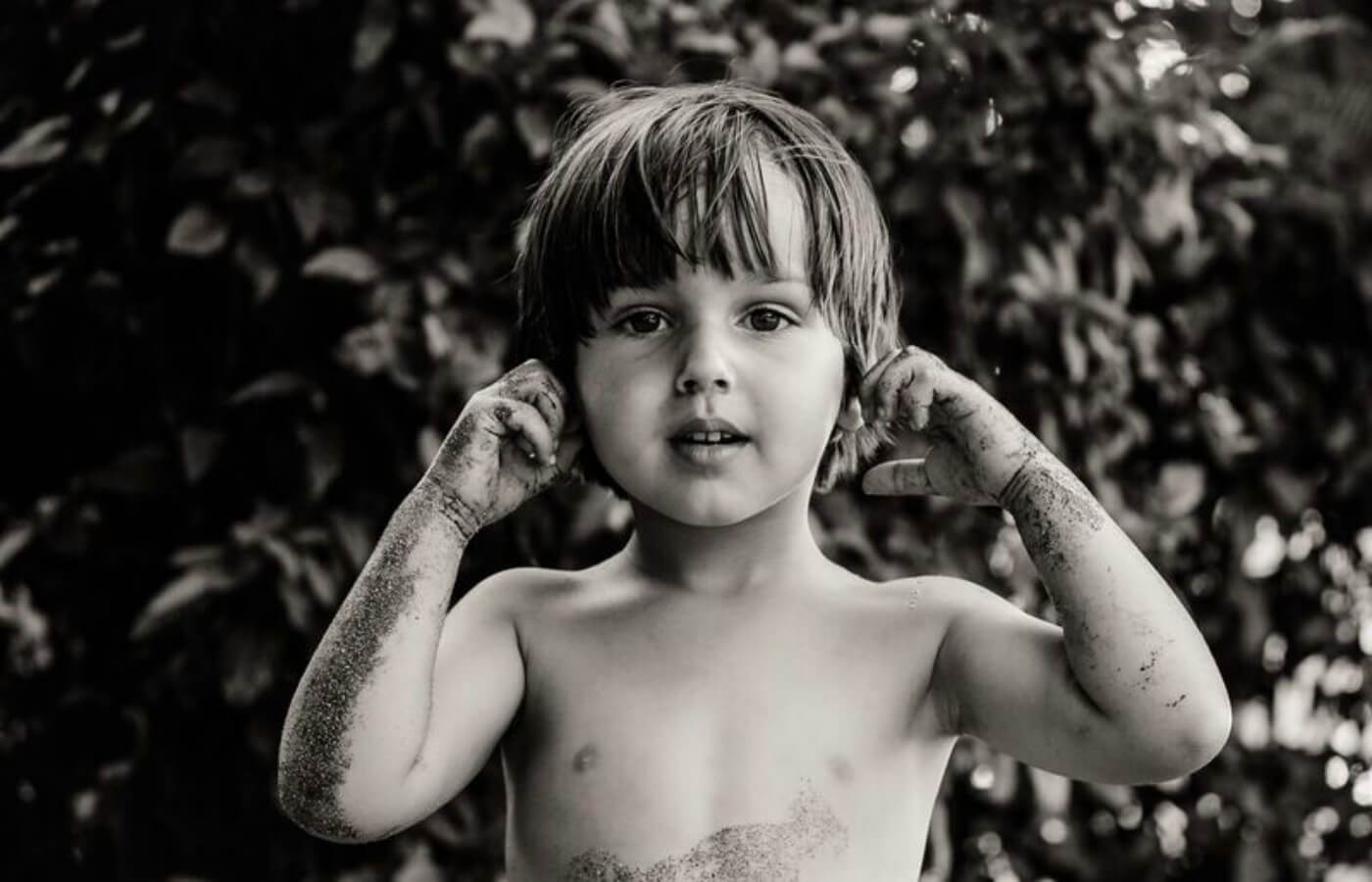What You Should Know About Teens and Opioids

Dr. Nita Shumaker is on a mission. When she’s not seeing pediatric patients, she’s spreading the word about the danger of opioid use and its impact on people everywhere.
“There were 64,000 deaths in the U.S. last year due to opioid use, and that number is probably underreported,” says Shumaker. “People do not realize how addictive opioids are and that it takes very little to become addicted. We have a very serious problem. It’s like a bathtub overflowing and my goal is to stop the spigot.”
According to a Live Science magazine article, a new study found that most American teenagers who abuse opioid drugs first received the drugs from a doctor. Looking at trends in prescription opioid use among U.S. adolescents from 1976 to 2015, a strong correlation exists between teens taking the drugs for medical reasons and then taking them later for “nonmedical” reasons. In the Pediatrics journal, study author and research professor at the University of Michigan, Sean McCabe, observed findings over the past two decades. He also found that most nonmedical users of prescription opioids also used them for medical reasons in the past.
“According to studies, 1 in 4 prescriptions for opioids is misused. They are not taken, given to somebody else or taken in a manner different than prescribed,” Shumaker says. “Furthermore, 1 in 10 opioid users are at very high risk since the drug hits a sweet spot because of how their brain is wired. Probably one of the most shocking statistics is that it’s not the dose of opioids, but the length of time you take them. If you take them for more than three to five days, the risk of addiction doubles. These medications have their place, but they are horribly dangerous. You may be that one person that it trips that sweet spot and it can destroy your life.”
Shumaker encourages parents to be vigilant with their teens about the opioid epidemic.
“Changes in behavior, in the friends they choose to hang around, or their grades, pay attention,” Shumaker says. “When teens are abusing drugs, their behavior may become erratic and they may become secretive. As parents and those who care about young people, we must place the highest priority on their health and wellbeing and stop being so concerned about invading their privacy.”
Shumaker strongly encourages parents to get rid of old medications – it can keep them out of the wrong hands. The FDA says you can flush opioids. You can also crush them and mix them with cat litter or coffee grounds, then throw them away. Or, you can take them to special drop-off locations in the community. Additionally, if your teen has an injury, seek out methods other than opioids to manage pain. Taking opioids is like playing Russian roulette with your child’s life.
“I don’t think people in general, much less teens, understand the magnitude of danger opioids pose to their life,” Shumaker shares. “The new Fentanyl on the streets, which is often being illegally made, is so powerful. If you touch it, you can stop breathing. Police officers are now having to wear Hazmat suits when making drug arrests.
“This is an enormous problem. Almost no one is untouched by this epidemic. It is in the best interest of our community and future generations for all of us to pay close attention to what is happening with our teens. It is vital to remember that teens’ executive function, which helps us make wise choices, is not fully formed until age 25. We need to be checking in on our teens and helping them make good decisions.”








Thoughts? Leave a Comment